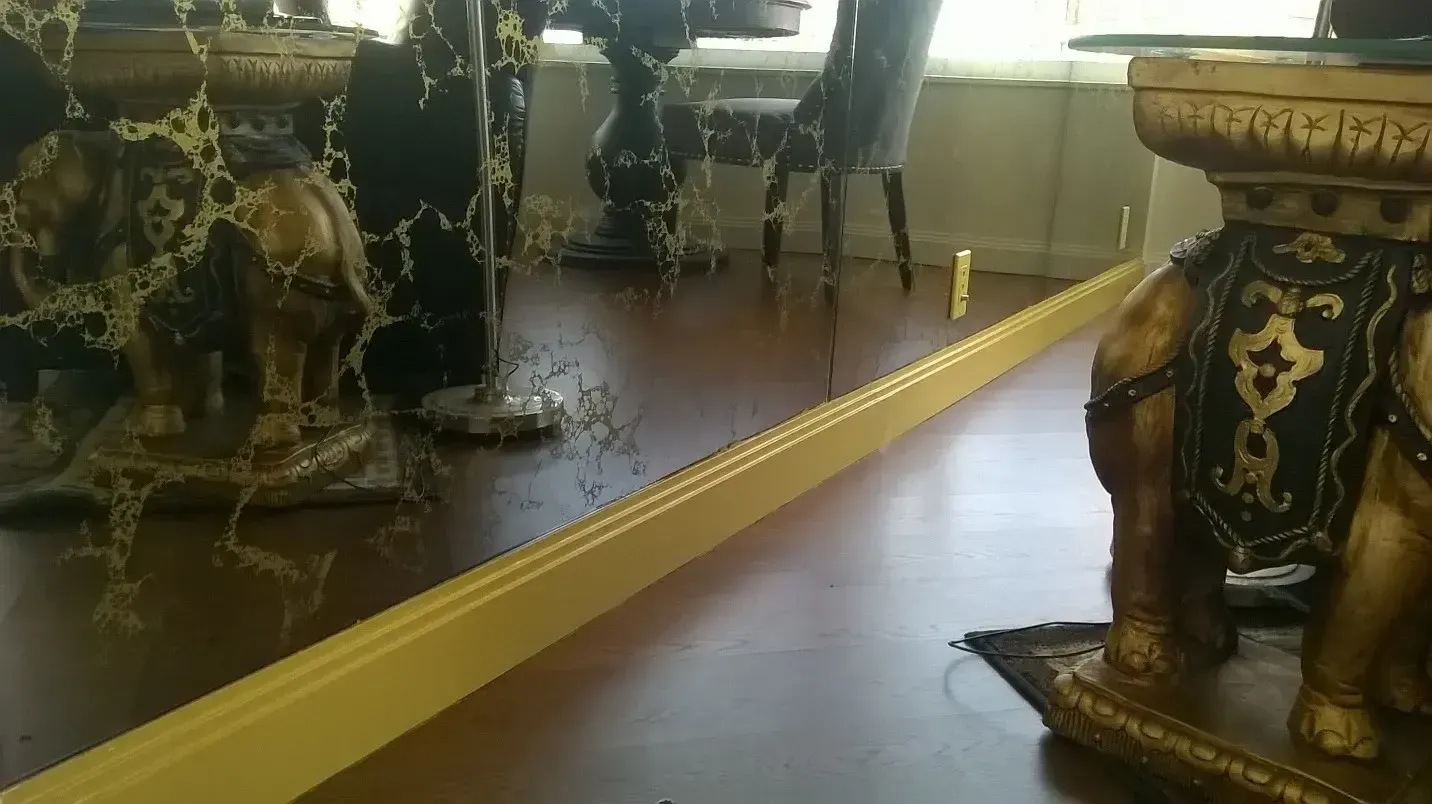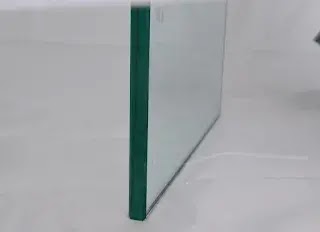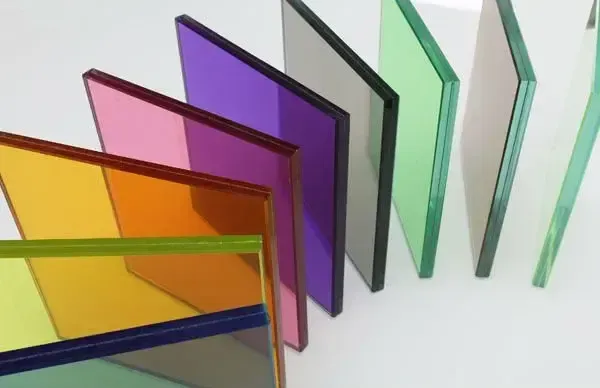Toughened or
tempered glass from
Giovani Glass is a type of
safety glass processed by controlled
thermal or chemical treatments to increase its strength compared with normal glass. Tempering puts the outer surfaces into compression and the inner surfaces into tension. Such stresses cause the glass, when broken, to crumble into small granular chunks instead of splintering into jagged shards as plate glass (a.k.a. annealed glass) creates. The granular chunks are less likely to cause injury.
As a result of its safety and strength, toughened glass is used in a variety of demanding applications, including
passenger vehicle windows, shower doors, architectural glass doors and tables, refrigerator trays, mobile screen protectors, as a component of
bulletproof glass, for
diving masks, and various types of plates and cookware.
Manufacturing
Toughened glass can be made from
annealed glass via a thermal tempering process. The glass is placed onto a roller table, taking it through a furnace that heats it well above its transition temperature of 564 °C (1,047 °F) to around 620 °C (1,148 °F). The glass is then rapidly cooled with forced air drafts while the inner portion remains free to flow for a short time.
An alternative
chemical toughening process involves forcing a surface layer of glass at least 0.1 mm thick into compression by
ion exchange of the sodium ions in the glass surface with potassium ions (which are 30% larger), by immersion of the glass into a bath of molten
potassium nitrate. Chemical toughening results in increased toughness compared with thermal toughening and can be applied to glass objects of complex shapes.
[5]
Advantages

Tempered safety glass, which has been laminated, often does not fall out of its frame when it breaks – usually due to the anti-splinter film applied on the glass, as seen in this grocery store meat case.
The term "toughened glass" is generally used to describe fully tempered glass but is sometimes used to describe heat-strengthened glass as both types undergo a thermal "toughening" process.
[citation needed]
There are two main types of heat-treated glass: heat-strengthened and fully tempered. Heat-strengthened glass is twice as strong as annealed glass while fully tempered glass has typically four to six times the strength of annealed glass and withstands heating in microwave ovens. The difference is the residual stress in the edge and glass surface. Fully tempered glass in the US is generally rated above 65 megapascals (9,400 psi) in
pressure-resistance, while heat-strengthened glass is between 40 and 55 megapascals (5,800 and 8,000 psi).
[citation needed]
The tempering process does not change the stiffness of the glass.
[citation needed] Annealed glass undergoes a similar deflection compared to tempered glass under the same load, but tempered glass can take a higher load and, therefore, deflects further before breaking.
Disadvantages
Toughened glass must be cut to size or pressed to shape before toughening, and cannot be re-worked once toughened. Polishing the edges or drilling holes in the glass is carried out before the toughening process starts. Because of the balanced stresses in the glass, damage to any portion will eventually result in the glass shattering into thumbnail-sized pieces. The glass is most susceptible to breakage due to damage to the edge of the glass, where the tensile stress is the greatest, but shattering can also occur in the event of a hard impact in the middle of the glass pane or if the impact is concentrated (for example, striking the glass with a hardened point).
Using toughened glass can pose a security risk in some situations because of the tendency of the glass to shatter completely upon hard impact rather than leaving shards in the window frame.
[6]
The surface of tempered glass does exhibit surface waves caused by contact with flattening rollers, if it has been formed using this process. This waviness is a significant problem in manufacturing of thin film solar cells.
[7] The
float glass process can be used to provide low-distortion sheets with very flat and parallel surfaces.

































.webp)








